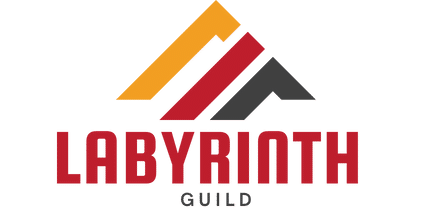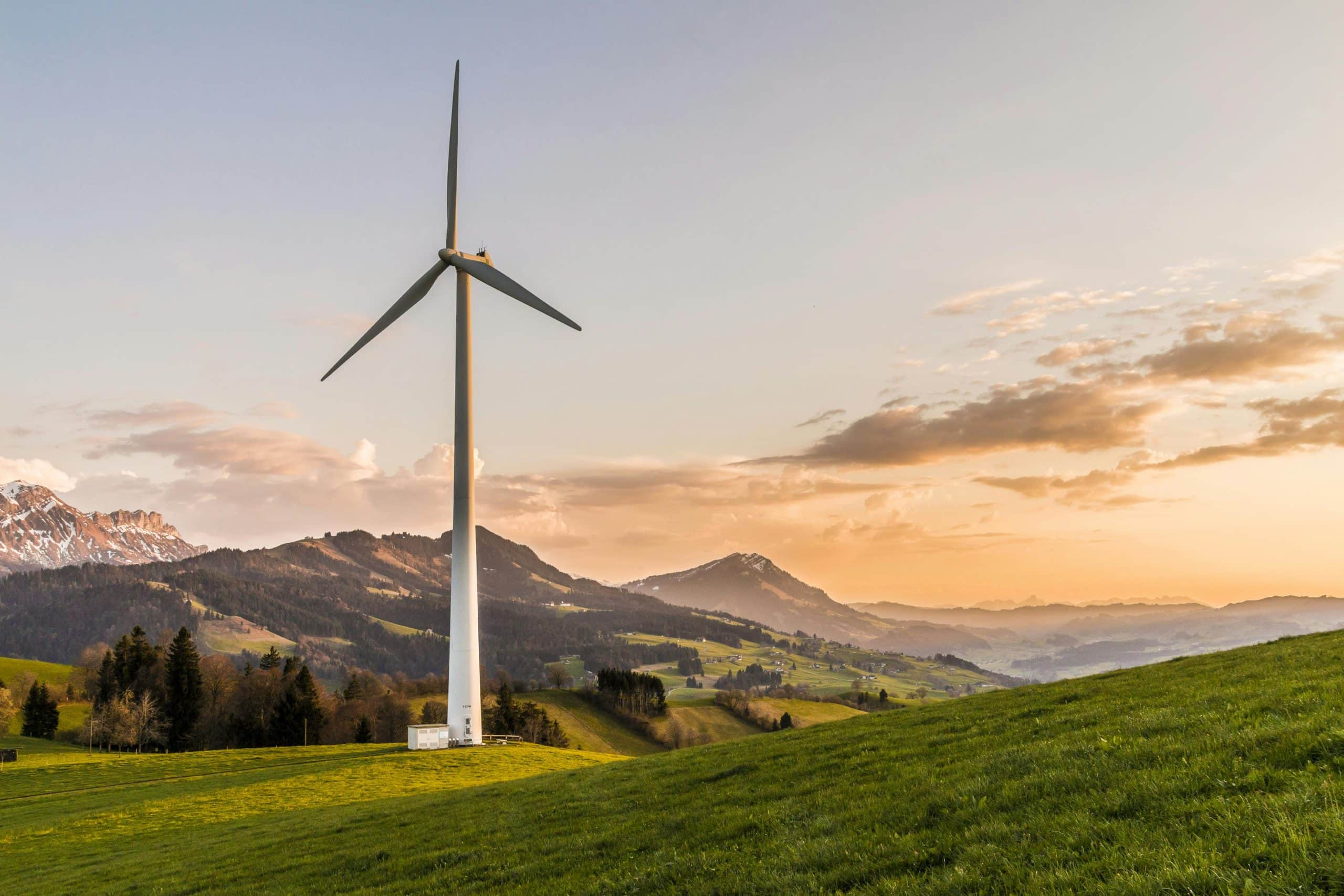As our world continues to grapple with the effects of climate change, sustainable solutions are becoming increasingly crucial. One of the most promising areas of development is the integration of renewable energy systems into new real estate projects. By using sources like solar and wind power, we can create buildings that are not only more cost-effective but also significantly less impactful on our environment. This article will guide you through the best practices in the planning and execution process of integrating renewable energy into your next real estate development project.
Planning for Renewable Energy Systems
Before you start the process of incorporating renewable energy into your project, it’s critical to lay out a comprehensive plan. This plan will guide the development and help ensure that the renewable energy systems are incorporated in the most efficient and effective way possible.
In parallel : What are the critical considerations for building sustainable and resilient urban real estate projects?
Begin by establishing your energy goals. Do you aim to be net-zero, or is it more realistic for your project to reduce traditional energy use by a certain percentage? Once you’ve defined your goals, investigate potential renewable energy sources that can help meet them. Solar and wind power are common choices, but biogas, geothermal, and hydroelectric power might be viable options depending on the project’s location.
Involving energy consultants early in the planning stage can provide valuable insights into the best renewable energy systems for your project. These experts can perform feasibility studies, recommend the best technologies, and even help you navigate the process of connecting your building to the grid.
Also read : How can technology be used to streamline the real estate development approval process?
Choosing the Right Energy Sources
Identifying the right renewable energy sources for your development project involves a careful analysis of various factors. Among these are the project’s location, local climate, availability of resources, and the potential for integration into the existing grid.
Solar power is often the first choice for new real estate developments, thanks to its relative ease of installation and the decreasing cost of solar panels. However, solar energy may not be the best choice if the site doesn’t receive enough sunlight, or if local ordinances restrict the installation of panels.
Wind energy can be an effective source of renewable power, especially in areas with strong and consistent winds. However, wind turbines require significant space and may face limitations due to noise and aesthetic considerations.
Consider also the potential for combining multiple sources of renewable energy. This can improve the reliability and efficiency of the energy system. For example, solar panels could provide power during the day, while wind turbines take over during windy nights.
Developing Efficient Building Designs
The design of your building plays a significant role in the efficiency of your renewable energy systems. Energy-efficient building designs can reduce the overall demand for power, making it easier for renewable sources to meet your energy needs.
Incorporate passive design techniques that take advantage of natural light, ventilation, and insulation to reduce energy consumption. For instance, installing large windows on the south-facing side of a building can increase solar heat gain, while proper insulation can reduce heating and cooling needs.
Consider also the potential for energy-generating building materials. Photovoltaic glass, for example, can turn entire facades into solar panels, while certain types of paving stones can generate power from the pressure of footsteps.
Navigating Market and Regulatory Challenges
Integrating renewable energy into real estate development is not without its challenges. Understanding and navigating the market and regulatory landscape is critical to the successful implementation of your renewable energy project.
Research local laws and regulations related to renewable energy use. These can affect everything from the types of systems you can install to how you can connect your building to the grid.
Market conditions also play a significant role. The cost and availability of renewable energy technologies can fluctuate due to factors like changes in government subsidies, advancements in technology, and shifts in demand.
Establishing Partnerships for Implementation
Finally, it’s crucial to establish partnerships with various stakeholders to successfully implement your renewable energy project. This can include partnering with local utilities for grid connection, working with energy consultants for system design and installation, and engaging with local communities to address any concerns and gain support for the project.
Partnerships can also be beneficial in securing financing for your project. Various government programs and private institutions offer funding for renewable energy projects, and partnering with these organizations can help offset the initial investment costs.
By following these best practices, you can integrate renewable energy systems into your real estate development projects in an efficient and effective way. Not only can this reduce your project’s environmental impact, but it can also lead to significant cost savings in the long term. The future of real estate development is sustainable, and by integrating renewable energy, you’ll be at the forefront of this exciting trend.
Implementing Energy Storage and Management Solutions
One key element which should not be overlooked when integrating renewable energy systems into real estate developments is the use of energy storage solutions. While renewable energy sources like solar and wind are great for reducing greenhouse emissions and operating costs, their output can be inconsistent. This is where energy storage solutions come into play.
Energy storage systems, such as batteries, can store surplus energy produced during peak production times for use when renewable energy generation is low or non-existent. This ensures a constant and reliable supply of energy to the development.
Additionally, energy management systems can optimize the use of electricity within the building by controlling when and where electricity is used, improving energy efficiency. This can involve installing automated systems that switch off lights when rooms are unoccupied, using energy-efficient appliances, and integrating smart grid technologies to manage power demand, supply, and ensure a stable power grid.
Moreover, the use of smart meters can provide detailed information on energy consumption patterns, allowing for more effective and efficient use of energy. This not only reduces your carbon footprint but also leads to significant cost savings.
The Role of Urban Planning
Urban planning plays a crucial role in the successful integration of renewable energy systems into new real estate developments. Thoughtful planning can maximize the use of renewable energy sources, minimize energy consumption, and ensure the development is aesthetically pleasing and beneficial to the community.
Urban planning for renewable energy integration takes into account the layout and orientation of buildings to maximize exposure to sunlight, making solar panels more effective. Similarly, planning can determine the best locations for wind turbines that get the most wind while minimizing visual and noise impact.
Urban planning also deals with the integration of green spaces, which can provide numerous environmental and social benefits. These spaces can aid in temperature regulation, reducing energy consumption for heating and cooling, and offer areas for the installation of ground-mounted solar panels.
One key takeaway from urban planning is that each real estate development is unique and requires a customized approach to integrating renewable energy systems. It’s not just about sticking solar panels on rooftops; it’s about creating a sustainable community that embraces clean energy and green living.
Conclusion
As the world continues to face the growing impacts of climate change, incorporating renewable energy systems into new real estate developments has become more than just a trend – it’s a necessity. By following these best practices in the development process, we can create more sustainable communities that are not only energy-efficient but also cost-effective, resilient, and beneficial to the environment.
From the planning stage to the project development cycle, each step involves careful consideration of various factors such as choosing the right energy sources, developing energy-efficient building designs, navigating market and regulatory challenges, and establishing necessary partnerships for implementation. No less critical is the implementation of energy storage and management solutions and urban planning.
The goal should always be to reduce energy consumption, maximize the use of renewable energy, and ultimately, reduce our carbon footprint. By doing so, we not only contribute to the fight against climate change but also make significant cost savings in the long run, proving that sustainability and economic viability can go hand in hand in the realm of real estate.











